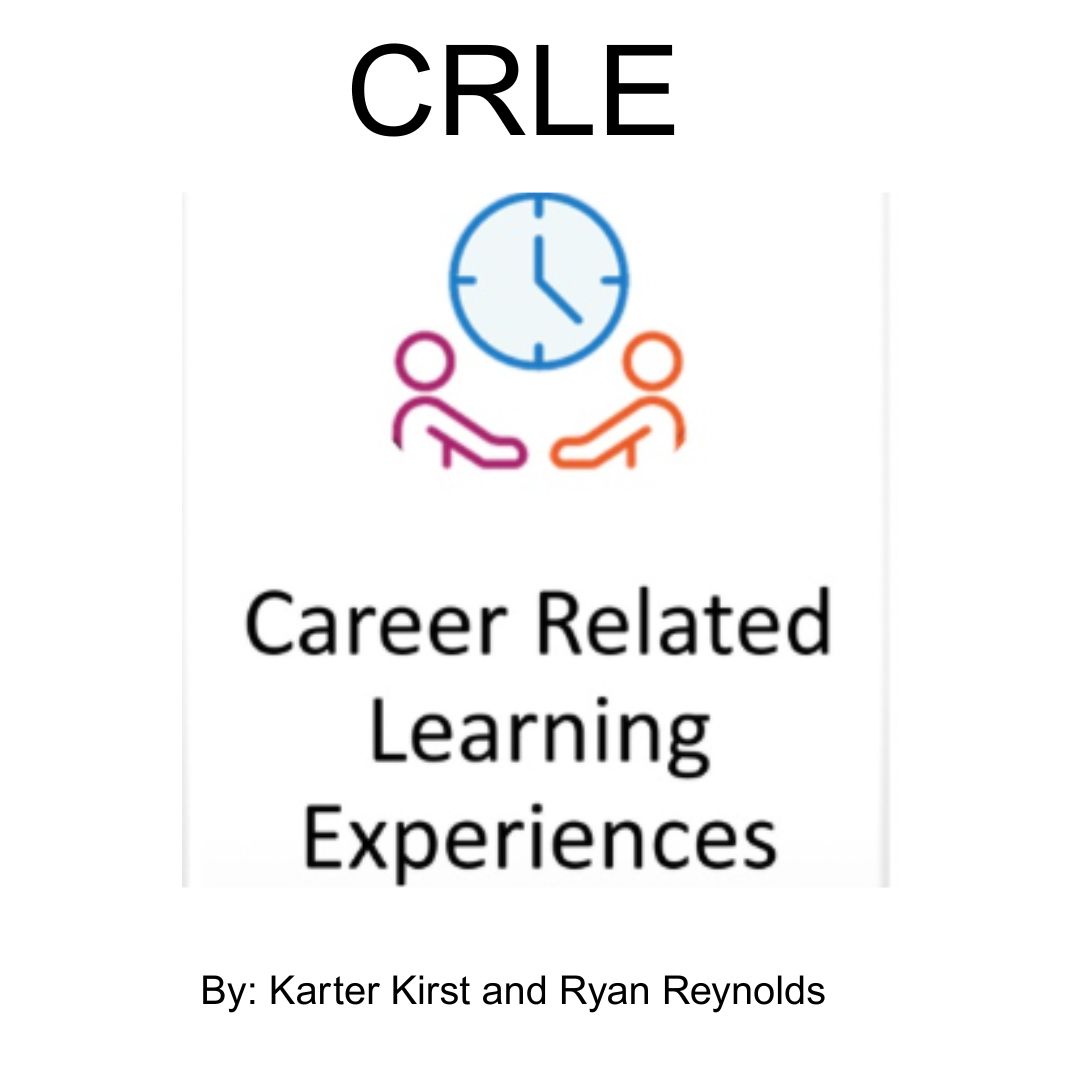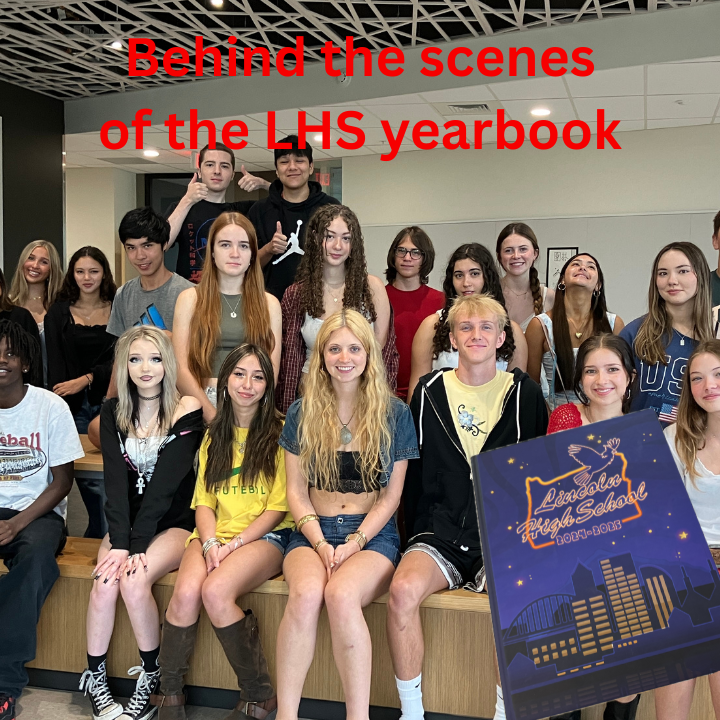About Us
The Cardinal Times is a student-run newspaper and the oldest high school publication in the West. Lincoln High School was established in 1869, and The Cardinal Times began its publishing history in 1897. Since that time, successive staffs have been dedicated to comprehensive reporting about the Lincoln community. We aim to shed light on important topics in our community in a timely and careful manner. Look below for our ethics guidelines and policies.
Land Acknowledgement
Lincoln High School was established in 1869, just 19 years after Congress passed the Oregon Land Donation Act, which stripped over 2.5 million acres of tribal land from Indigenous tribes in only seven years. As a publication, The Cardinal Times continues to benefit from the forced removal of Indigenous people from their land.
Lincoln is located in Multnomah County, Oregon, on the native land of many tribes including the Chinook, Kathlamet, Clackamas, Multnomah, Kalapuya, Tualatin and Molalla tribes*. Multnomah County has the ninth-largest urban Native American population in the United States, of almost 60,000 residents representing over 380 tribes.
In the past, The Cardinal Times has failed to recognize the Indigenous community and their struggles which have stemmed from centuries of systemic and institutional oppression. It is important for our community to realize that the fight for Indigenous rights exists not only in the past, but in the present as well. By historicizing the struggles of Indigenous people, we continue to be complicit and in denial of modern colonialism.
The struggle for Indigenous rights is tied to journalism’s lack of representation of Indigenous voices. We intend to honor the legacy and lives of the Indigenous people whose land was stolen. We make this acknowledgment as a first step in fulfilling our responsibility to critically examine colonial history and its present-day ramifications. In order to push for more recognition of the Indigenous land we live on, we want to build relationships with and elevate the voices of the Indigenous community at Lincoln and in Portland.
As a publication, we encourage readers to consider what further steps they can take to critically reflect about the land they reside on. Here is a document from the Coalition of Communities of Color about the history of Indigenous people in Portland, and here is a document from Reclaiming Native Truth on changing the narrative about Native Americans.
*See below for information about the tribes listed above:
Chinook (shuh-nuk). Chinookan peoples include Indigenous people who speak the Chinookan languages and resided along the Lower and Middle Columbia River.
Kathlamet (cath-luh-met). The Kathlamet tribe has a historic homeland along the Columbia River. They were also called “Guasámas,” or “Guithlamethl,” by the Clackamas”, and “Kwillu’chini” by the Chinook.
Clackamas (clak-uh-mess). The Clackamas peoples lived along the Clackamas River in the Willamette Valley.
Multnomah (muhlt-noh-muh). The Multnomah people are a band of the Chinookan tribe who lived around Sauvie Island.
Kalapuya (cal-uh-puh-yuh). The Kalapuya peoples had eight independent groups which spoke three mutually intelligible dialects in the Willamette Valley.
Tualatin (too-ah-luh-tin). The Tualatin, or Atfalati, were a tribe of Kalapuya people who originally inhabited the Tualatin Plains in Northwest Oregon.
Molalla (moh-law-luh). The Molalla peoples lived in the Cascade Mountains and Central Oregon. The Confederated Tribes of the Grand Ronde Community of Oregon and the Confederated Tribes of Siletz Indians both have Molalla representation among their confederations.
Opinion section
The Cardinal Times opinion section is an area for editorial board members, reporters, and members of the larger Lincoln community to communicate their opinions. The Cardinal Times published three different types of opinion pieces.
The Cardinal Times Editorial Board
The Cardinal Times Editorial Board staff members conduct research on issues important to the Lincoln community and express their opinions in a written article. The editorial board for the 2024-25 school year is comprised of Amanda Schubert, Scarlett Dempsey, Sonia Modha, Curtis Beaubrun, Kao Garcia and Mo Damtew. The board does not speak for other individual reporters or editors on the publication.
Guest Essays
Guest essays are written by members of the LHS community not affiliated with the Cardinal Times. They have independently written their essays which are reviewed and edited for clarity with the Cardinal Times staff. To write a guest essay to the Cardinal Times, please contact [email protected] or visit our readers’ response section.
Staff Essays
Staff essays are written by Cardinal Times reporters. The essay reflects one staff person’s opinion. Unlike editorial board pieces, these essays do not reflect the paper’s official opinion.
Ethics Guidelines
-
- The Cardinal Times is an independent news organization whose primary role is to report Lincoln High School news to the Lincoln High School community in an unbiased manner. As such, there will be no influence or prior review by Portland Public Schools, the Lincoln administration, or any other outside group on any Cardinal Times publication. The adviser will review all content before it is published.
- The Cardinal Times strives to be an open, honest publication. We adhere strictly to the Society of Professional Journalists’ code of ethics. We encourage any inaccuracies or misquotes to be reported via the Cardinal Times’ website, social media (our DMs are open), or contacting the Editor-in-Chief by text or email (see staff page).
- Sources are a valuable means of obtaining information and should be treated with the utmost respect. If a source wishes to remain off-the-record, we will not publish a statement from them. The Cardinal Times strives to NOT use anonymous sources. We will only publish a quote anonymously if 1) that source is vital/integral to the story so that all facts or perspectives could not be represented without it and that 2) we feel that the source’s health or safety will be unfairly harmed by the publishing of their name. There are no exceptions to this rule. Cardinal Times staff are not allowed to be sources for an article unless they are being profiled or unless every other option has been exhausted.
- Stories about a specific person – student, staff, or otherwise – should be treated with the utmost caution. The Cardinal Times firmly opposes bandwagoning and harassment, and will not publish a story that encourages targeting a person or group.
- Editorial pieces should be approved by the majority of the Cardinal Times Editorial Board. It should be made very clear to all that the views of the piece do not reflect the opinions of the broader Lincoln community, or even of the entire CT staff itself. No material, opinionated or otherwise, will be printed which is libelous, irresponsible, advocates an illegal activity or which the editorial board and/or adviser deem in poor taste.
- The Cardinal Times will never shy away from controversy and will tackle complex cultural, political and social issues. When we speak to unspoken issues, we help bring them to light and educate our readers. The Cardinal Times abides by the SPJ’s Diversity Guide – “a resource to help journalists and other media professionals cover a complex, multicultural world with accuracy, authority and sensitivity.”
- The Cardinal Times abides by the rules of the AP Stylebook 2020 in all applicable cases.
Working with the Administration/ASB
Student publications serve as a check on school authorities, such as the administration and leadership. In order to minimize conflicting interest, no editors on The Cardinal Times will be able to hold leadership positions within ASB or student government simultaneously.
Student Free Speech Rights
We have fairly expansive rights to publish a wide variety of content in The Cardinal Times. The First Amendment provides for the “right […] to freedom of the press”, a right that was extended to student journalism in the landmark Supreme Court case Tinker v. Des Moines (1969). The case ruled that administrators had to provide a constitutionally valid reason to limit and/or regulate student free speech – essentially giving student journalists the same right of free speech as professional adults.
These broad rights were subsequently limited in the Supreme Court case Hazelwood v. Kuhlmeier (1988), which used Tinker as a precedent to determine that school administrators can censor, restrain, or refuse to publish school-sponsored student expression if it interferes with the requirements of school discipline, interferes with students’ rights, interferes with academic propriety, generates health or welfare concerns, or is deemed obscene or vulgar. The exact boundaries of said interferences and obscenities are undetermined, leading to a lot of grey area in free speech arguments between school administrators and student reporters.
In 2007 Oregon student journalists had broader freedoms restored. In 2007, the Oregon Legislature passed the Oregon Student Free Expressions law (commonly known as New Voices) that gave public student newspapers added protections against administrative censorship. While students are still prohibited from publishing unconstitutional material, the law clearly indicates that students may “determine the news, opinion, and feature content of school-sponsored media.”
The broad contours of our rights remain clear. The Cardinal Times will never remove a story solely because the powers that be disapprove.



